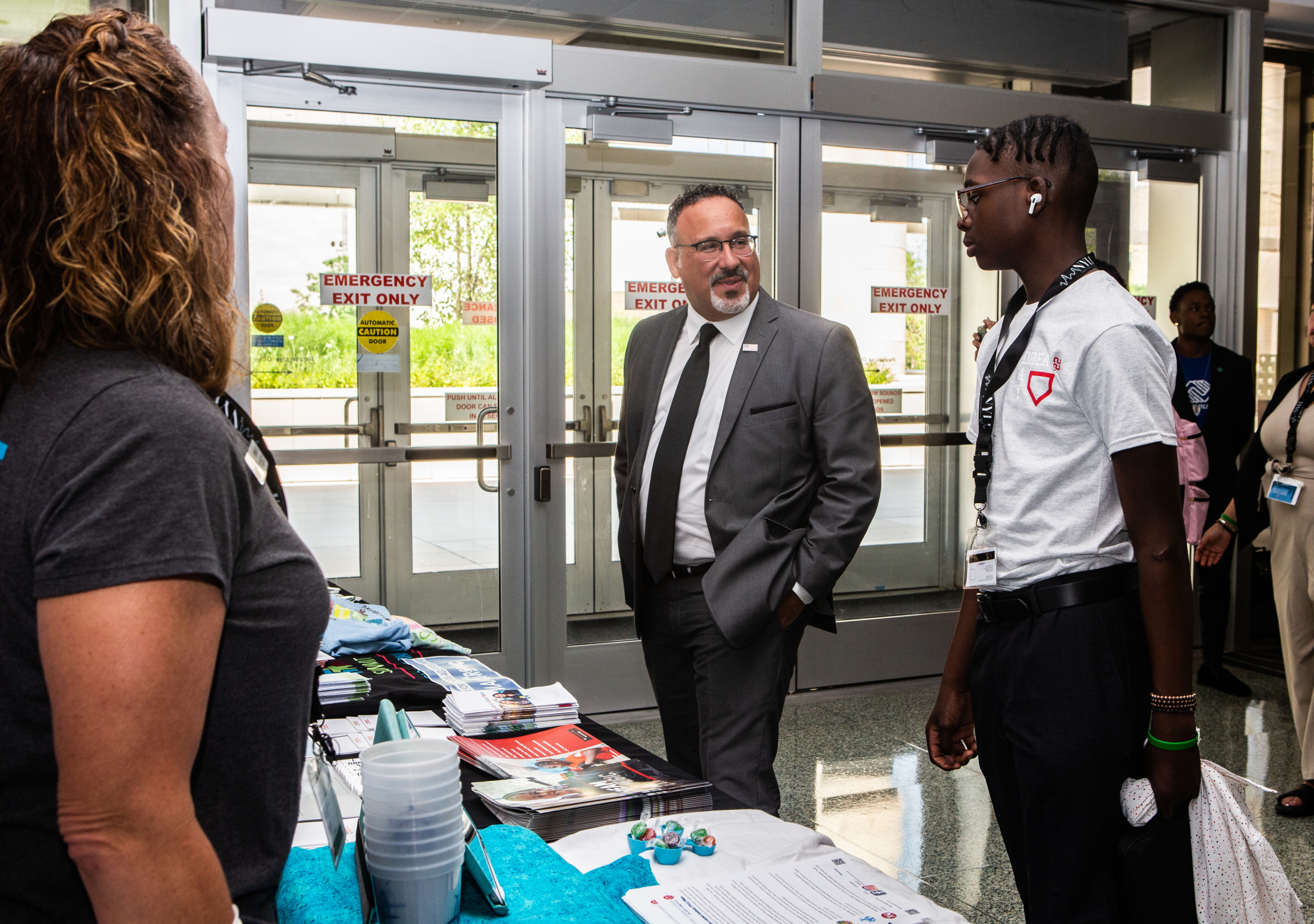When he read the White House’s announcement that a new National Partnership for Student Success aims to recruit 250,000 adults to “help students recover and thrive,” Josh DeSantis scribbled “Good luck!” dubiously in his notes.
It’s not that DeSantis, associate professor of education at York College of Pennsylvania, disputes the positive impacts caring adults have on children’s lives. But he is skeptical the partnership can rustle up that many people and thinks the teacher deficit — which is much larger than 250,000 — requires more urgent national attention.
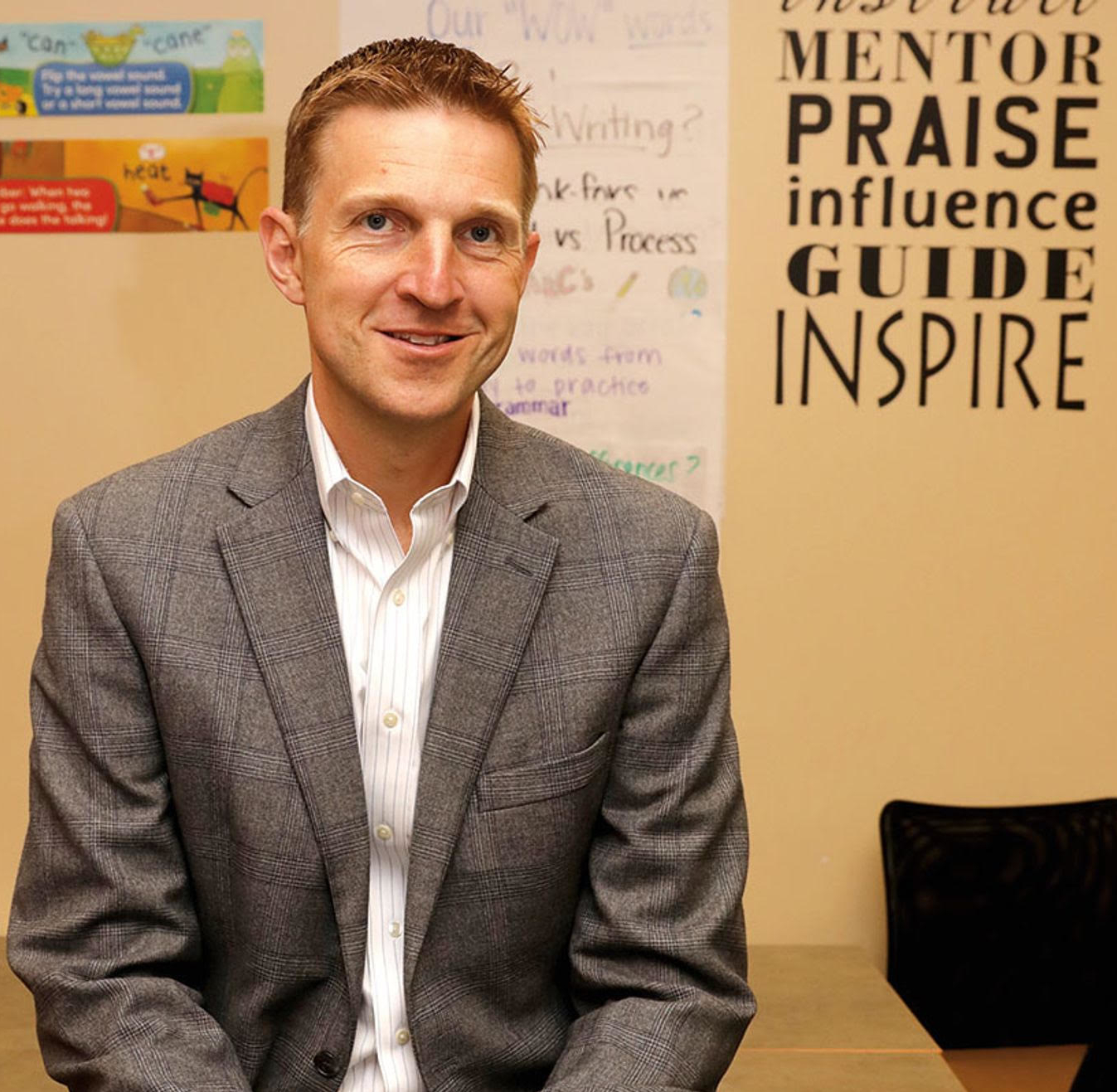
Courtesy of Josh DeSantis
Josh DeSantis, associate professor of education, York College of Pennsylvania.
“I think that the Biden administration’s attempts to increase and diversify the composition of America’s teaching force have been insufficient,” he said. The new partnership “is a creative approach, but it will not be effective if we can’t put enough teachers in classrooms,” he added. “The teacher shortage will blunt the potential benefits of the NPSS. That should be addressed first.”
The new student success partnership is the latest in a web of initiatives that attempts to make up for the learning and development opportunities students lost during the COVID-19 pandemic. A recent study by NWEA, a nonprofit research and testing organization, found that it could take the average elementary school student at least three years to fully recover academically — and far longer for older students.
The student success partnership has the support of the nation’s largest teacher unions, major state-level education groups including the Council of Chief State School Officers and the National Association of State Boards of Education, and the YMCA and many afterschool program organizations. But some experts are skeptical of what it can actually achieve and say the resources would be better spent on teachers
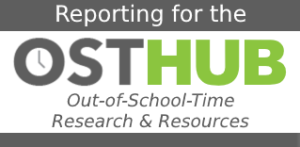 The partnership is a public-private partnership of the U.S. Department of Education, AmeriCorps, and Johns Hopkins University and its Everyone Graduates Center, for which each partner covers its own costs, said Bob Balfanz, director of the Everyone Graduates Center.
The partnership is a public-private partnership of the U.S. Department of Education, AmeriCorps, and Johns Hopkins University and its Everyone Graduates Center, for which each partner covers its own costs, said Bob Balfanz, director of the Everyone Graduates Center.
The partnership makes the case to school districts, which have already secured American Rescue Plan COVID relief funds, that placing both volunteers and part- and full- time workers in schools is a prudent, allowable use of those funds, according to Balfanz. Those workers will include tutors, college guidance coaches, mentors and staff to bring back chronically-absent students and provide support for students experiencing problems outside of school.
“It’s more than we could ask of our teachers to do alone,” he said. “We need to give them support and help.”
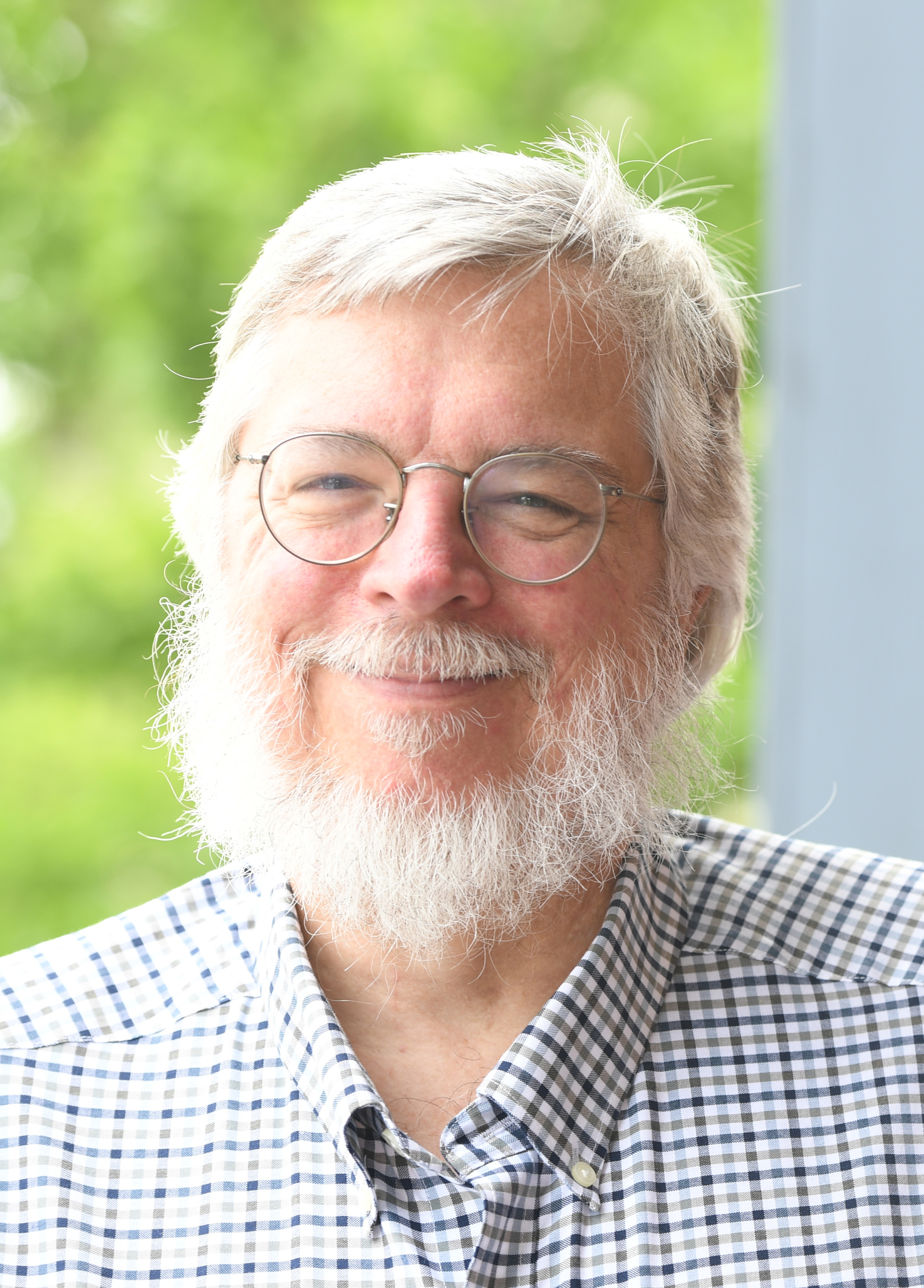
Courtesy of Johns Hopkins University
Robert Balfanz, director of the Everyone Graduates Center.
The partnership pairs schools with about 100 nonprofits that can provide volunteer talent, Balfanz said.
“Ten people knocking on the principal’s door — ‘We’re here to help!’— that’s well-meaning, but it probably would not be that helpful,” he said. “The principal doesn’t have the time or the capacity or the know-how to train and place all of these people.”
Balfanz has worked with the Education Department on what became the partnership since he penned a June 2020 Baltimore Sun op-ed about the need to deploy volunteers from the federal service clearinghouse agency, AmeriCorps, into schools. (Hopkins is the partnership’s organizing nonprofit partner.)
As part of the partnership, AmeriCorps is contributing $20 million to support 200,000 volunteers beyond the 250,000, which the Education Department aims to mobilize.
Balfanz said that the areas in which the additional volunteers and staff will work are beyond the capacity of teachers.
The partnership will actually help teacher recruitment and retention, because teachers will know they have more support and may encourage participants to pursue teaching as a career, particularly for recent college graduates, Balfanz said.
DeSantis sees things differently. He was surprised by what he did not hear the White House announce: loan forgiveness for those who, say, agree to use their social work or psychology degrees to tutor or teach in schools for five years. That would impact teacher recruitment and retention greatly, he said.
“Loan forgiveness, man, I can’t believe they didn’t include it,” he said.
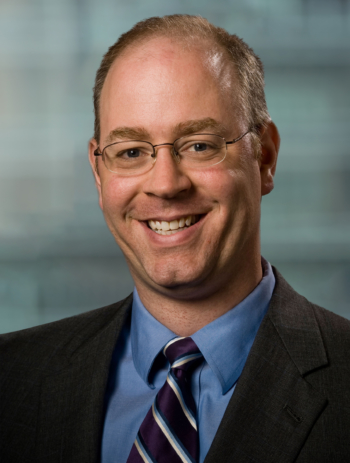
Courtesy of Neal McCluskey
Neal McCluskey, director of the Center for Educational Freedom at the Cato Institute.
Neal McCluskey, director of the Center for Educational Freedom at the Cato Institute, a libertarian think tank in Washington, is skeptical of the partnership.
“The cynic in me feels like, well this is a high-profile response to learning loss that may be driven by a desire to be seen as doing something more than a deep analysis of what to do and whether or not it will be effective,” he said. “I worry that it will be something that politicians can point to to say, ‘See, we’ve got a major initiative to deal with this,’ but we won’t really know what it’s doing on the ground for a long time.”
Not only will it take a long time to track how well the partnership works on a national level, but the paired tasks of both quickly placing hundreds of thousands of people in schools and ensuring what they’re doing actually helps kids are daunting, McCluskey said.
“There’s definitely reason to be skeptical that you can suddenly just find 250,000 people and that they will be able to replicate what research of ‘high-quality’ programs has found,” he said. “The reality is there may not be something that you can just snap your fingers and fix the problem. We always tend to look for that.”
But Bryan M. Joffe, director of children’s programs at AASA, the School Superintendents Association, thinks the student success partnership and another new White House initiative to fund more afterschool and summer programs are moves in the right direction.
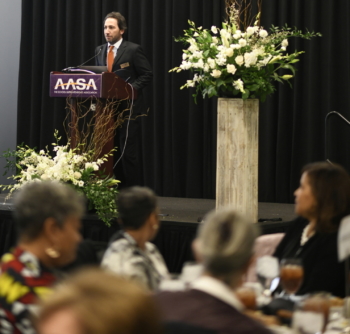
Courtesy of Bryan M. Joffe
Bryan M. Joffe, director of children’s programs at AASA, the School Superintendents Association.
Joffe said catching students up to where they would have been absent the pandemic will take more work and additional funding — which he thinks was necessary even before the pandemic.
“If this is all that we do, then thinking that we will catch up is too rosy a picture,” Joffe said of the student success partnership.
Balfanz, of Hopkins, said placing 450,000 caring adults in schools in the next three years is “ambitious but doable.”
And he thinks students can get back on track — even to where they would have been absent the pandemic — within the National Partnership for Student Success’s three-year scope.
“I don’t think it’s just because of NPSS,” he said. “I think it’s because of NPSS and 55 other good things, but that’s my optimistic hope, though I do recognize that in some places it’s going to have a long tail and that it will take longer than that.”
***
Menachem Wecker is a freelance journalist based in the Washington, D.C. area. A former education reporter at U.S. News & World Report, he covers arts and culture, religion, politics, chess and other subjects for Washington Post Magazine and a variety of other print and online magazines and newspapers.


